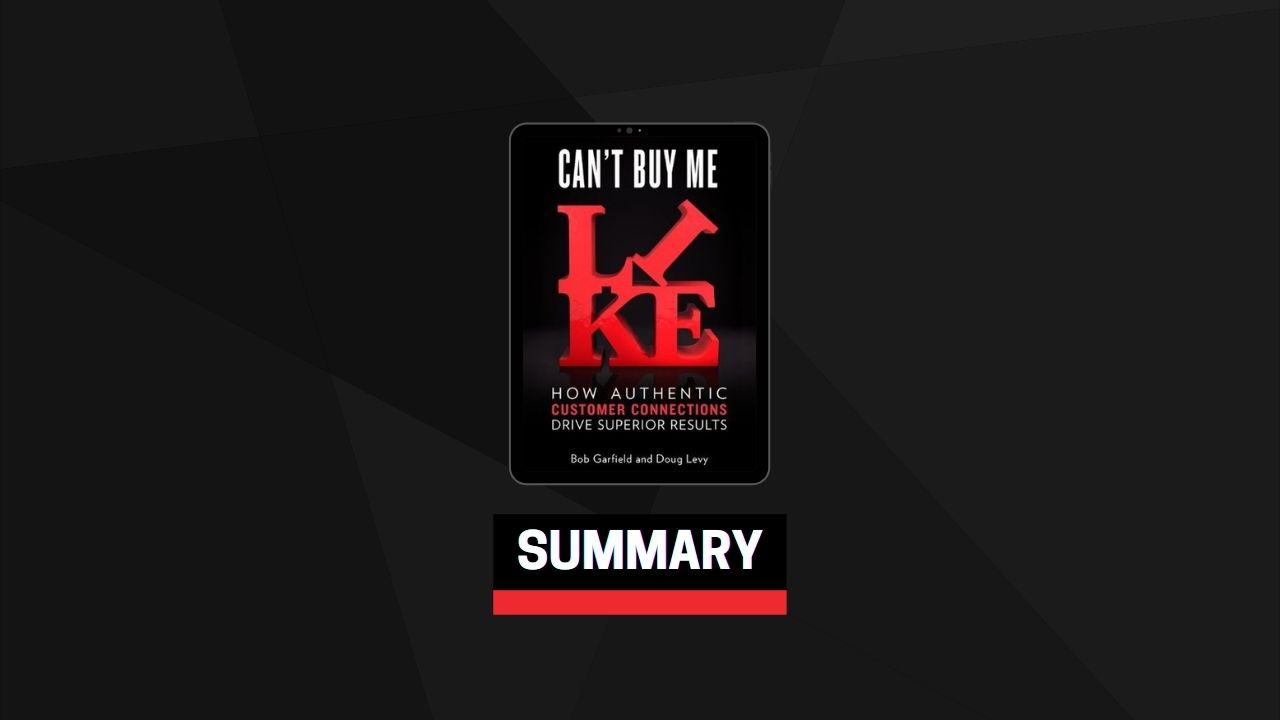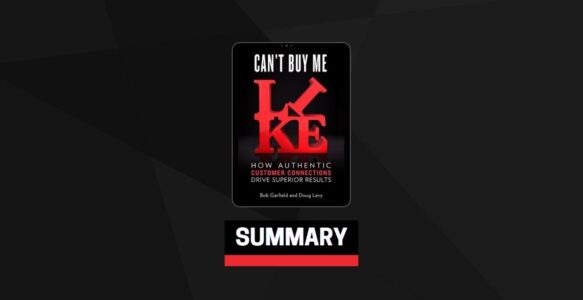The Relationship Era
Consider this simple experiment:
Type “I love Apple” into your search bar. You will get 3.27 million hits. If you type “I love Starbucks,” 2.7 million hits. Zappos: 1.19 million.
And “I love Citibank”? You get 21,100. AT&T Wireless: 7,890. Exxon: 4,730. Dow Chemical: 3. Out of 7 billion human beings, 3! Just to put that into context: If you type “I love Satan,” you get 293,000 hits. Now consider this: Citibank, AT&T Wireless, ExxonMobil and Dow among them spend $2 billion a year on advertising. Money, it turns out, really can’t buy you love. It can’t even buy you like.
The methodology here may not be especially rigorous, but the results dramatize three immutable facts of contemporary marketing life:
- Millions of people will, of their own volition, announce to the world their affection for a brand. Not for a person, not for an artwork, not for a dessert but for a good or service. Congratulations. People care about you.
- Your brand is inextricably entwined in such relationships. If you were to type in “I hate Exxon,” you’d get 2.16 million hits—not counting the “I hate ExxonMobil” Facebook page. People are decreasingly listening to your messages, but that hasn’t stopped them from thinking about you and talking about you. And each of those expressions of like, dislike, ardor or disgust has an exponent attached to it, reflecting the outward ripples of social interaction.
- What used to happen in the privacy of your own boardroom, plants and C-suite is now extremely public and common currency on the Internet. People in glass houses shouldn’t do anything illegal, embarrassing, hypocritical, offensive, tasteless, vulgar, excessively greedy or otherwise incorrect—especially when getting caught being honorable and constructive has such benefits. Perhaps by coincidence, but most likely not, this sudden vast availability of information corresponds with a societal megatrend of judging institutions not only on their offerings but on their conduct. Thus, for the first time in commercial history, there is not just moral value but asset value in being a mensch.
This is the Relationship Era, the first period of modern commerce when your success or failure depends not on what you say, nor even on what you produce, but increasingly on who you are. And it isn’t hard to discover who you are. Just Google yourself. Take your time. It’s all there, in perpetuity.
Except for a handful of industrial juggernauts mainly removed from public view (including ExxonMobil, truth be told) doing business in the Relationship Era has many requirements. Ethical conduct. Seamless customer relations. Constant contact and cooperation with all stakeholders, including not just investors but also employees, suppliers, distributors and retailers, neighbors, governments and the society at large. It must be an all-pervasive imperative to earn the trust of all concerned—not as a means to gain advantage in a sale or negotiation but as an end in itself.
The Three Cs of Trust
#1 Credibility
Virtually all brands pay attention to credibility. They know they must deliver. But brands often think of credibility as all it takes to build trust, which is silly. Your lunch date could consistently be on time, and that’s a whole lot better than getting stood up, but it alone doesn’t create a very deep relationship. Your insurance broker will never, ever be late for lunch. This does not make him your friend.
#2 Care
One of the hallmarks of Relationship Era thinking is the end of the adversarial “us” and “them” mentality, with consumers, vendors or anyone else. Caring about consumers means actually caring about their lives and constructing your business to be as helpful as you can. And it means that, no less than the marketer, the buyer in every transaction should have succeeded.
#3 Congruency
If the green movement, animal rights, Wikileaks, organic food and Occupy Wall Street tell us anything, it is that the public has more information about corporate activities than ever before and an ever-deeper interest in how big institutions behave.
Adding to the mounting evidence for the primacy of trust—and its catalytic role in the word-of-mouth ecosystem—was a 2011 study of content sharing, underwritten by the marketing department of the New York Times. It drew two central conclusions about how to become part of the conversation:
Appeal to consumers’ motivation to connect with each other—not just with your brand.
Trust is the cost of entry for getting shared.
That Thing Called Like
Think about Coca-Cola, a product that is not good for you but which is nonetheless the most well-known and among the most cherished in the world. Its Facebook page was actually launched in 2008, not by anybody in the company but by a pair of genuine admirers, Californians Michael Jedrzejewski and Dusty Sorg.
They wanted to because, in their eyes, the handful of then-existing Coke pages were too flimsy and amateurish for so iconic a brand. “It’s not just a consumer product,” Jedrzejewski says. “It’s almost something that permeates your subconscious. It’s this simple indulgence that has touched almost everybody on earth.”
Their effort featured a dramatic, high-resolution photo of a Coke bottle and a summary of corporate history borrowed from Wikipedia. The page went up in September, says Jedrzejewski, “and when we checked in three weeks or a month later it had just about 700,000 fans.” And from those fans all kinds of tributes: songs, videos, photos, poems, you name it.
Not, however, the ownership. In 2010, for fear of third parties with less benevolent intent hijacking brand names, Facebook changed its terms of service to demand that companies host their own fan pages—whereupon Coca-Cola assumed control of the e-shrine and its then millions of fans. It did so in full collaboration with the founders, which was kind of like recruiting groupies to write songs for the band.
Though the brand continues to buy impressions by the billions with advertising around the world, Donnelly says, “The level of expressions or engagement we generally see is far more valuable. So we are looking very hard at the level of engagement it takes to Like a brand, the level of engagement it takes to upload a picture, the level of engagement it takes to actually produce a video and put it up, and then developing strategies to drive more of those individual tactics that people are doing in support of the brand.”
Something that astonishes me every day,” Donnelly says, “is the great length people go to, to create things that are somehow relevant or very centric to this brand—the incredible passion, or loyalty, or just what drives someone to make an incredible, well-produced video about them and this brand. And then even more specifically it astonishes me every day as to what they do with it. Because them posting it to the page isn’t giving it to Coca-Cola; it’s actually giving it to the community and sharing it amongst people like themselves.”
Social Media Is Not A Bazzar
“People don’t go to Facebook to look at advertising,” says Jeffrey Rohrs. “They go to Facebook to connect with their friends and family, to let people that they might have gotten out of touch with find a way of connecting and reconnecting with them. And keeping folks updated about their lives, very personal things. And that’s where the soul of Facebook lies.” Yes, for some users, some brand relationships rise to the level of intimacy worthy of ongoing Facebook sharing. Most do not, and to overstep your level is to kill the relationship.
Remember the scene in Swingers. The schleppy Jon Favreau character had somehow gotten a phone number from a girl he met in a bar, and—in a hilarious but excruciating-to-watch series of late-night answering-machine messages—he tries too soon and too hard to secure a date and in the process so freaks her out she warns him never to call again. Ever. Excessive Facebook familiarity can earn a brand the same treatment.


